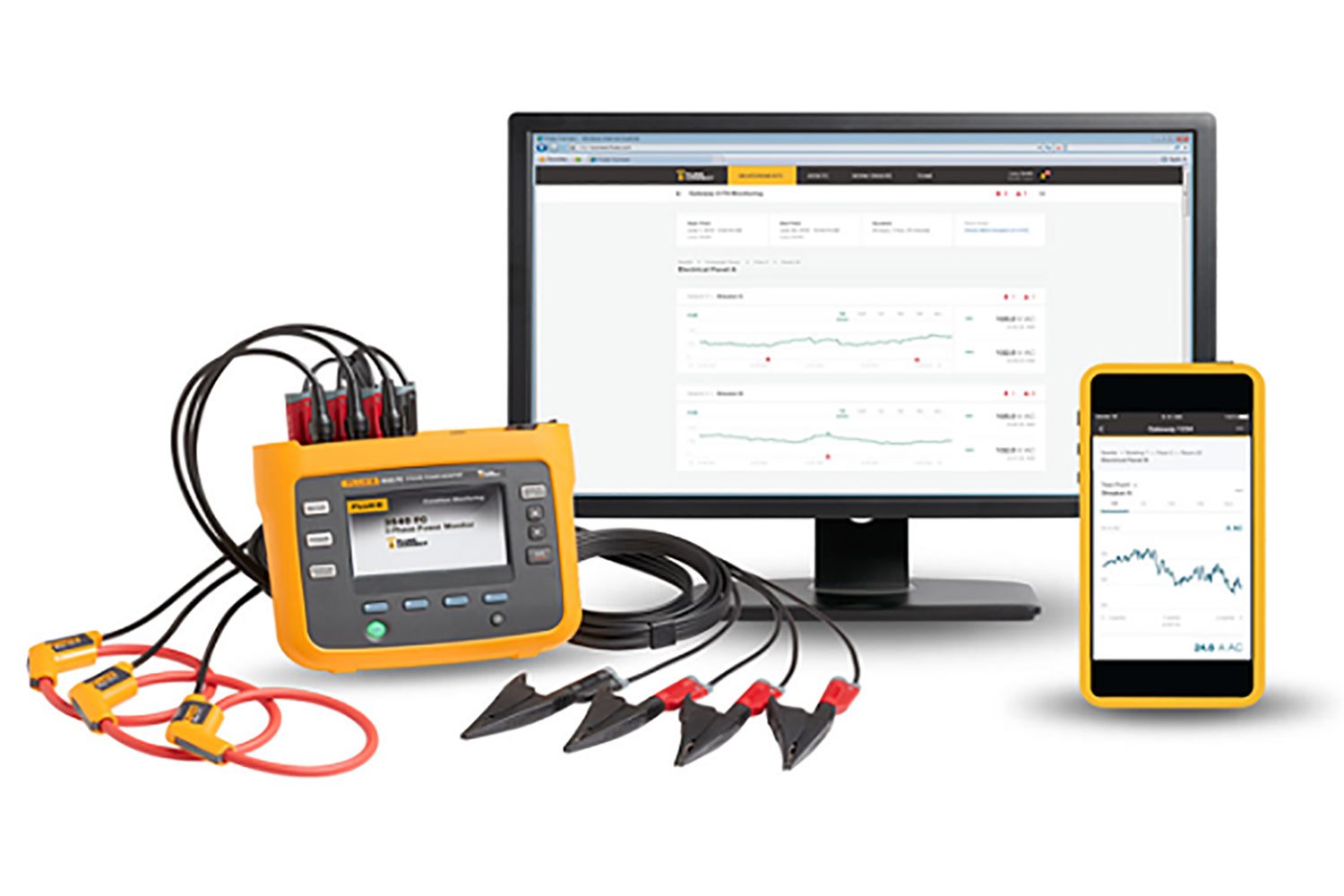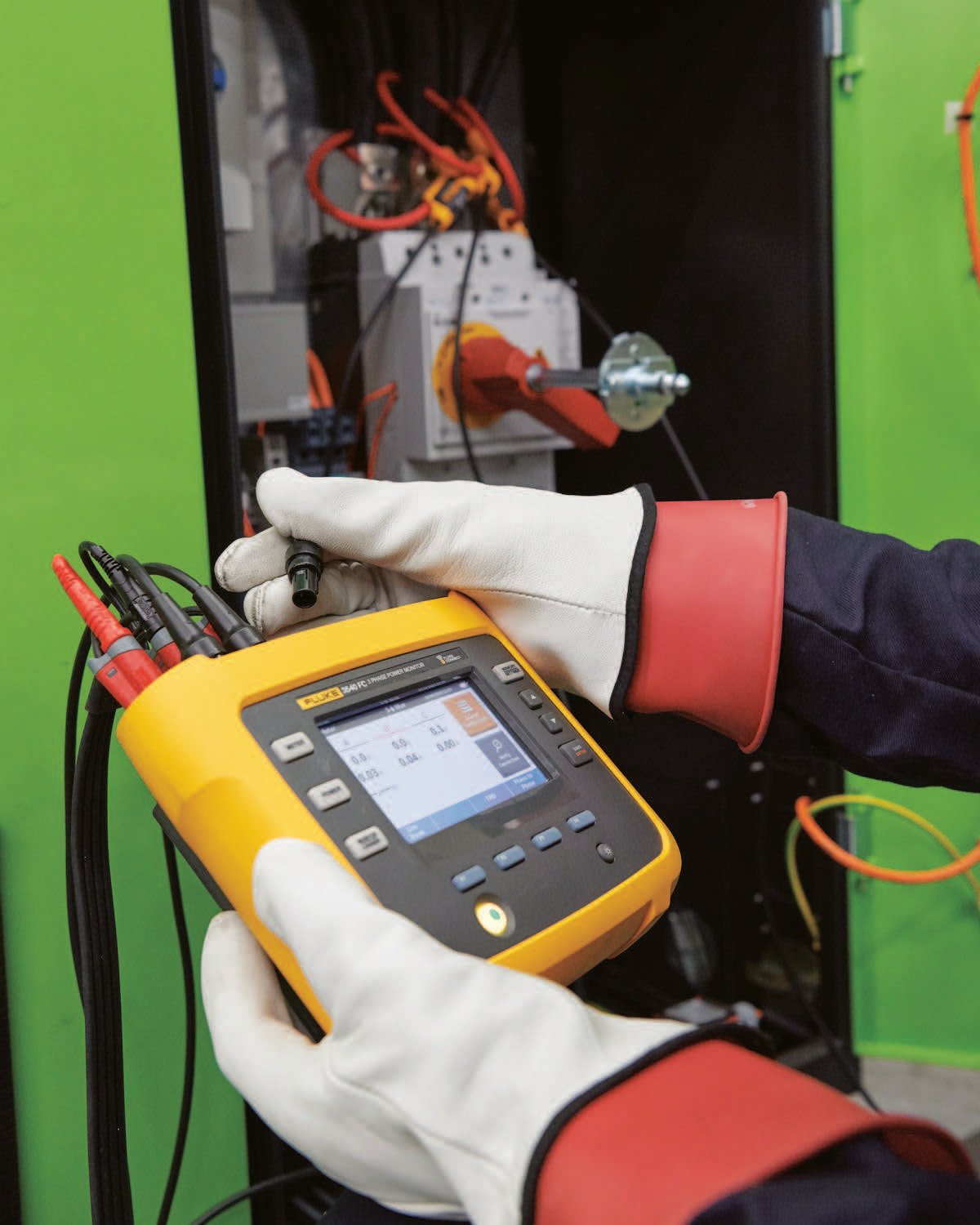
Using a three-phase power monitor and cloud-based condition monitoring software resulted in savings of more than $40K.
Many people rely heavily on eyeglasses to see. According to Vision Council of America, 64% of adults wear eyeglasses.
OptoTech is a leader in optical machinery equipment. It has a broad range of machinery and process technology for both precision and ophthalmic optics and offers complete production lines including generating, edging/centering, and polishing and measuring.
The company is headquartered in Germany and has other locations in Switzerland, Italy and the U.S., specifically in Wisconsin. According to John Marhefka, a field service engineer for OptoTech, its customer base is the people who order the equipment to make the lenses.
Remote diagnosis is essential
During September 2017 through November 2017, Marhefka said one of OptoTech’s servicing generators, which cuts lenses to the given prescription and is located at their customer’s independent lab in Phoenix, started having problems.
“The problem was [either] the AC voltage was dropping out, and that was what was causing the PC to reset or shutdown and come back on, or it was a bad PC,” Marhefka explained. “We installed the Fluke 3540 FC, which captured AC voltage fluctuations, but we just did not know how big.”
Typically, when trying to troubleshoot this type of problem, Marhefka said they would do it one of two ways:
- Shop that part to replace the parts not knowing the full issue, which is not cost-effective.
- Have someone sit and watch a monitor or small data logger that would only capture so much during the time this person was onsite, which is also not cost-effective.
“Because this [problem] happened so intermittently, we needed a remote diagnosis that would always be watching the voltage,” Marhefka explained.
Cloud-based monitoring software shows realtime fluctuations
As a previous research and development engineer, Marhefka said he has been familiar with Fluke products over the years. Being aware of Fluke’s product ranges and capabilities, he believed Fluke’s 3540 FC Three-Phase Power Monitor would be a solution to their problem. They ordered the equipment in late January 2018 and installed it in early February.
The power monitor is a compact device to view three-phase systems and stream data to the cloud-based condition monitoring software. The measurement data from the Fluke Connect™ Condition Monitoring (FCCM) software are available on any connected device using the Fluke Connect App on a smart device or web interface.
Graphs in the FCCM software show the trends and measurement fluctuations during the monitoring period. Optional alarm settings notify users immediately when measurement values move outside specified thresholds, including sending push notifications to connected smart devices.
Power monitor setup proves simple
Marhefka stated that setup for the power monitor is very user-friendly. “I set it up before I even got the directions from technical support. It was that simple.”
According to Marhefka, setup involves physically connecting the unit inside the electrical cabinets, then linking it to the Wi-Fi system and finally syncing it to the user’s phone, which altogether took around 10 minutes.
The power monitor continuously collects data and uploads them to the cloud. Marhefka said with this being an intermittent issue with their servicing generator, the monitor allowed them to capture data 24/7 and correlate the data at any time.

Remote monitoring determines the problem
Marhefka reported that it took two months of using the power monitor on their generator to properly diagnose it.
“We had to coincide it with the customer telling us when the computer shutdown again, and it took close to two months of that happening. It was such an intermittent issue, we had to always monitor it and watch the swings when we were doing it,” Marhefka explained. “When it finally happened, we were able to capture it. We know that the voltage didn’t drop below a certain threshold, which then told us that it wasn’t the voltage causing the issue, it was a bad PC.”
Marhefka added that since the power monitor allowed him to see the voltage swing throughout the day, and even though it didn’t relate to the problem, he suggested that the customer monitor the power for performance at strategic points after adding new equipment.
Cost savings exceed $40K
According to Marhefka, the power monitor allowed them to avoid either the cost of having someone monitoring the equipment onsite or the cost of replacing parts that they couldn’t confirm were damaged.
“It probably saved us 300 hours of manpower, or cost-wise, you’re probably looking at in excess of $40,000,” Marhefka calculated. “I can tell you, it’s paid for itself already.”
Power monitor is strategic in future power issues
Marhefka plans to use the power monitor anytime he sees a power instability. He said there is another issue in New York City right now in which they intend to use the power monitor.
These types of power problems might happen an average of six times per year for them, according to Marhefka. While they won’t use the monitor all the time, “one job is typically worth the price of the equipment,” Marhefka added.
Also, most of their customers are highly technical, Marhefka explained. For these types of customers, they plan to create a standard operating procedure (SOP). Instead of sending a technician out, they will deploy a monitor for the client to connect, which would result in more cost savings.
“In the past, it used to be a hit and miss showing up with the service guy, and you might see the problem, you might not, and usually you don’t because it’s so intermittent. And now, it will allow us to go hook the monitor up, or send it there with the SOP, and then just leave it on and try to see if it correlates to the issue,” Marhefka concluded. “The power monitor will be a strategic piece for our remote diagnosis.”